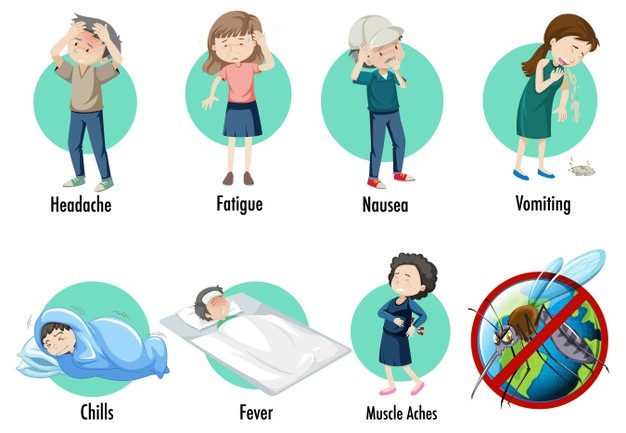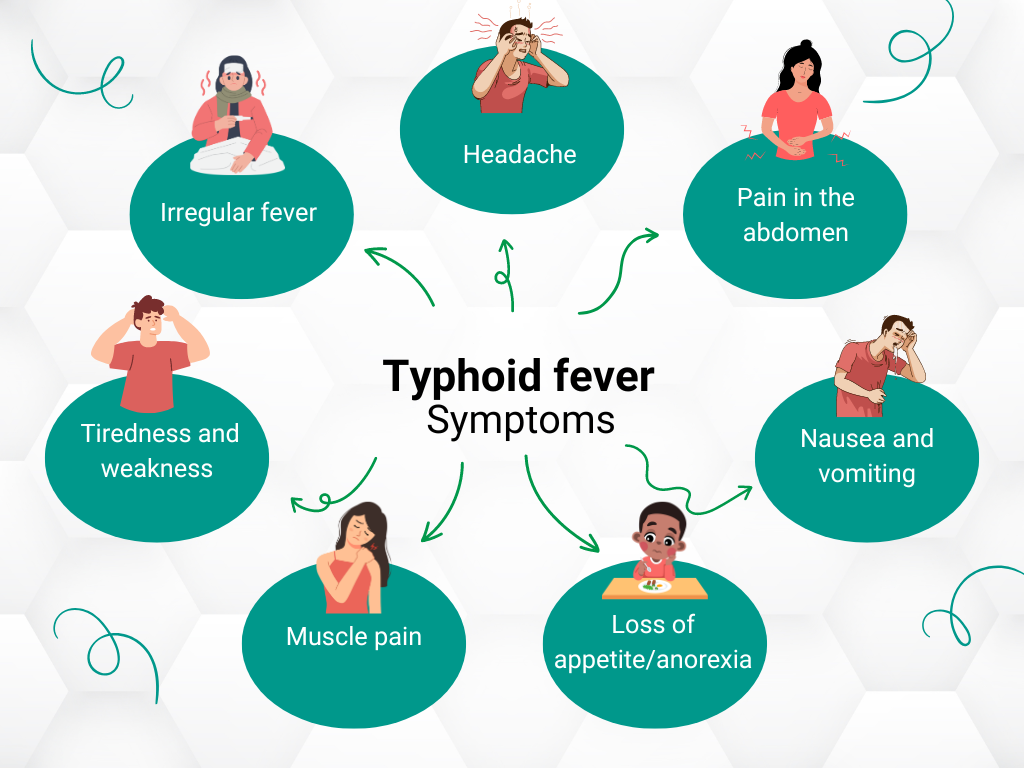The swift self-diagnosis of malaria or typhoid upon experiencing symptoms like fever or fatigue is a worrying trend in Nigeria. No matter how anyone might wish to describe it, self-diagnosis is an abuse of process and it can lead to inappropriate use of antimalarials or antibiotics.
When people consistently neglect to access professional medical services but would rather rely on assumptions, they don’t just risk treating the wrong ailment, they inadvertently open a Pandora’s box of broader health complications.
Malaria and typhoid
In Nigeria, when people are ill, it’s all too common to hear, “I think it’s either malaria or typhoid.” Such self-diagnoses, though well-intended, are often misguided and is never to be encouraged.
Authorities at online portal, Healthline, note that while both malaria and typhoid are prevalent in certain regions, their symptoms can be similar to several other conditions.
Attempting to diagnose oneself can lead to the misuse of antimalarials or antibiotics, potentially causing more harm than good.
Malaria or typhoid? Know the difference

According to the National Health Service, malaria fever is caused by the Plasmodium parasites, transmitted to humans through the bite of infected female Anopheles mosquitoes.
Symptoms include fever, chills, and sweating; headache, nausea and vomiting; abdominal pain, muscle pain, fatigue, enlarged spleen, mild jaundice (yellow discoloration of the skin and eyes) due to hemolysis (breaking down of red blood cells), and anemia.
Experts say that, in some cases, malaria can also cause symptoms such as severe anemia, respiratory distress, organ failure, particularly kidney failure; confusion, seizures, or coma.
The World Health Organization (WHO) also adds that malaria symptoms can vary, depending on the type of malaria parasite causing the infection.
 Typhoid fever
Typhoid fever
The WHO says typhoid fever is a life-threatening infection caused by the bacterium Salmonella Typhi. “It is usually spread through contaminated food or water,” WHO says, adding, “Once Salmonella Typhi bacteria are ingested, they multiply and spread into the bloodstream.
According to Mayo Clinic, symptoms of typhoid fever include prolonged high fever, fatigue, headache, nausea or loss of appetite, abdominal pain, diarrhea or constipation, rose-colored spots, especially on the neck and abdomen, enlarged spleen and liver, weakness and fatigue.
In severe cases, experts say, typhoid can lead to complications, which might cause internal bleeding, bowel perforation, and widespread infection (septicemia)
According to the Centers for Disease Control and Prevention (CDC), if you or someone you know is experiencing these symptoms and has been in an area where typhoid is common, it’s crucial to see a healthcare provider promptly.
 The problem of diagnosis
The problem of diagnosis
Oluwatobi, a trader from Enugu, shared his experience: “Every time I felt weak or had a fever, my first thought was malaria or typhoid. It was the ‘go-to’ diagnosis in my community. But after repeated incorrect treatments, I discovered I was dealing with a different ailment altogether.”
Growing increasingly weary of his recurring symptoms and the lack of effective treatment, Oluwatobi decided it was time to seek a more definitive answer. Instead of relying on the conventional wisdom of his community, he decided to consult a medical professional for a thorough evaluation.
He made his way to a well-known hospital in Enugu where the doctor recommended a comprehensive health check-up. Oluwatobi underwent a series of tests. Blood samples were drawn to test not only for malaria and typhoid but also for a spectrum of other potential illnesses. Additionally, they took urine and stool samples to rule out other common infections.
Within a few days, Oluwatobi was called back to the hospital for a consultation with his doctor. It was during this visit that he was informed of his actual health condition, and he was treated accordingly.
Steps towards correct diagnosis
The safest treatment is the one provided by a certified healthcare provider. Always visit the hospital if you feel unwell.
And, if you take first-line medication for whatever you suspect is the problem, don’t hesitate to visit the doctor if your symptoms don’t improve within two days or 48 hours.


